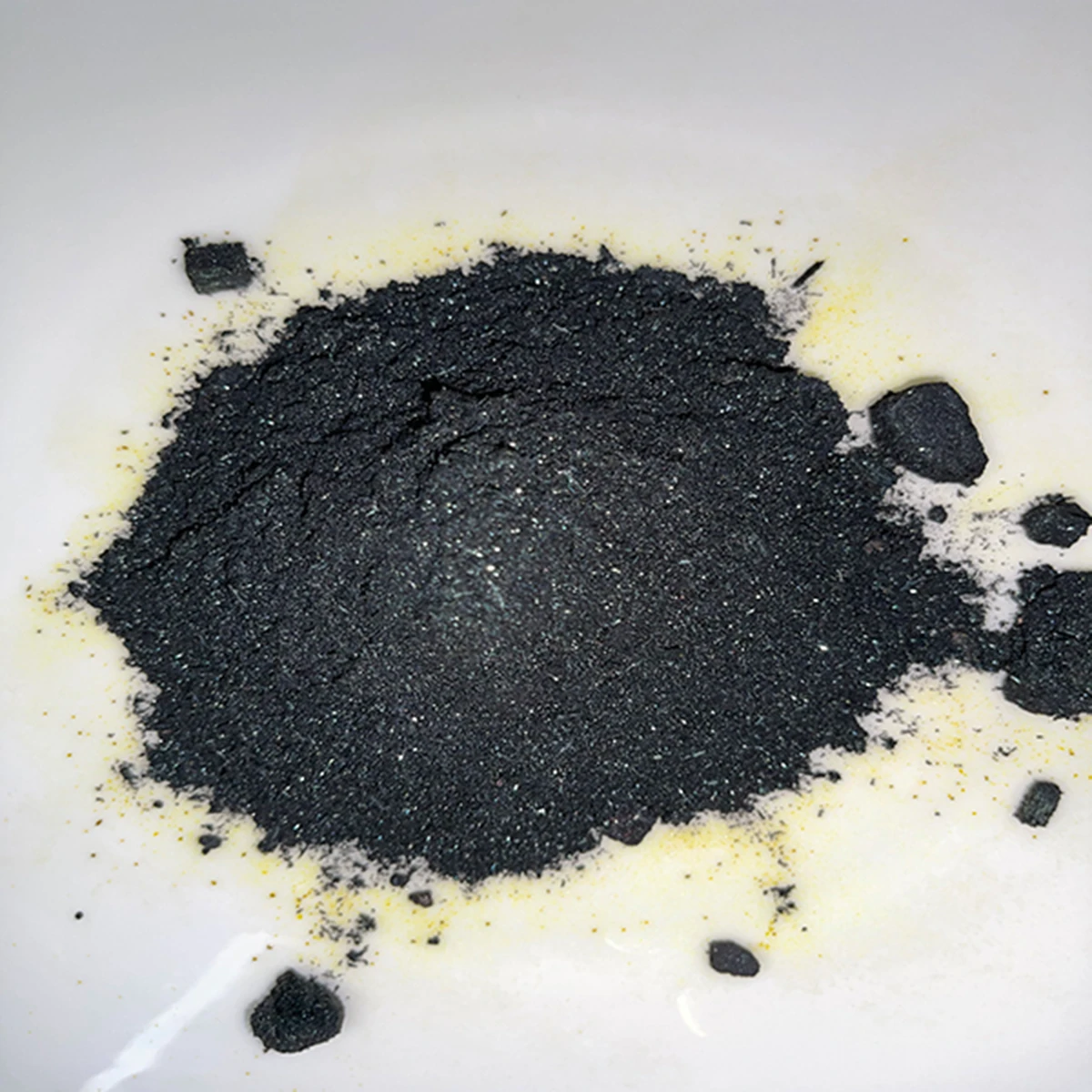



Chemicals for Enhancing Water Treatment in Plants and Their Impact on Efficiency
The Role of Chemicals in Water Treatment Plants
Water is an essential resource for life, and ensuring its purity is crucial for public health and the environment. Water treatment plants serve as the first line of defense against waterborne diseases and pollution. At the core of their operations are various chemicals that help purify water, remove contaminants, and ensure that the water we consume is safe and clean. This article will explore the key chemicals used in water treatment plants, their functions, and their impact on water quality.
Coagulation and Flocculation
One of the primary processes in water treatment is coagulation and flocculation. This process involves adding coagulants, such as aluminum sulfate (alum) or ferric chloride, to raw water. These chemicals help to destabilize colloidal particles and impurities suspended in the water. Once added, coagulants bind with these particles, forming larger aggregates called flocs. This makes it much easier to remove these impurities from the water in the subsequent sedimentation stage.
Flocculation is enhanced by gently stirring the water, prompting the flocs to collide and amalgamate into larger particles. This stage is critical, as it significantly reduces turbidity, which can harbor harmful microorganisms and pollutants.
Disinfection
After the coagulation and sedimentation processes, water must be disinfected to kill any remaining pathogens that could pose a health risk. Chlorine is one of the most widely used disinfectants in water treatment plants due to its efficacy and cost-effectiveness. It is added to water in small amounts, where it forms various chlorine compounds, including hypochlorous acid, which can effectively eliminate bacteria, viruses, and protozoa.
While chlorine is an effective disinfectant, it can react with organic materials in water to form disinfection byproducts (DBPs), which can be harmful. To mitigate this risk, some treatment plants employ alternative disinfection methods such as ozone treatment or ultraviolet (UV) irradiation, which do not produce harmful residuals.
water plant chemicals

pH Adjustment
Water treatment plants also utilize chemicals to adjust the pH of treated water, ensuring it meets regulatory standards. Lime (calcium hydroxide) and sodium hydroxide are commonly used for this purpose. Proper pH levels are essential because they optimize the activity of disinfectants and help to reduce the leaching of metals from pipes and fixtures into the drinking water.
Fluoridation
Another important chemical used in water treatment is fluoride. While fluoride naturally occurs in water sources, treatment plants often add sodium fluoride or fluorosilicic acid to enhance dental health in communities. It has been shown that proper fluoride levels can significantly reduce the incidence of tooth decay, making it a public health benefit.
Challenges and Future Directions
Despite the benefits of using chemicals in water treatment, challenges remain. The potential for chemical contamination, regulatory compliance, and the emergence of new pathogens demand continuous monitoring and innovation. Advances in technology are leading to the exploration of more sustainable and efficient treatment methods. This includes the use of biodegradable coagulants and advanced filtration systems that minimize chemical usage.
Conclusion
The chemicals used in water treatment plants play a vital role in safeguarding public health and ensuring water quality. By effectively removing contaminants, disinfecting water, and adjusting pH levels, these chemicals contribute to a safe and reliable water supply. As we continue to face global water challenges, ongoing research and technological advancements will be necessary to maintain and improve the efficacy of water treatment processes while minimizing potential risks associated with chemical use.
-
Why Sodium Persulfate Is Everywhere NowNewsJul.07,2025
-
Why Polyacrylamide Is in High DemandNewsJul.07,2025
-
Understanding Paint Chemicals and Their ApplicationsNewsJul.07,2025
-
Smart Use Of Mining ChemicalsNewsJul.07,2025
-
Practical Uses of Potassium MonopersulfateNewsJul.07,2025
-
Agrochemicals In Real FarmingNewsJul.07,2025
-
Sodium Chlorite Hot UsesNewsJul.01,2025










